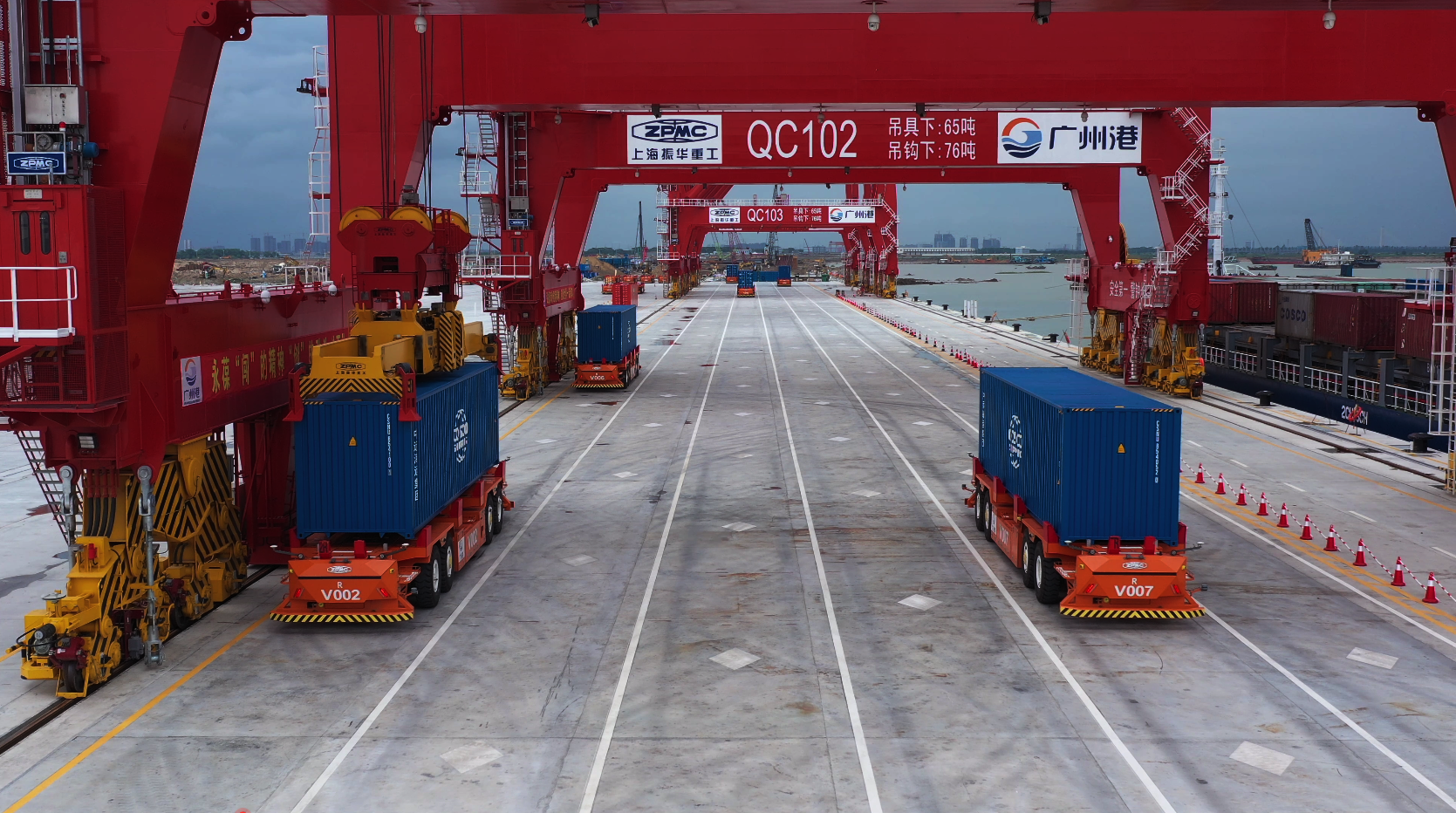"Our factory is now filled with booming orders from abroad for the next few months and we can enjoy more tax tariff preference for cases and bags exported to Japan since the RCEP was put into effect on January 1," said a manager from Guangzhou Zhijia Leather Co., Ltd.
February 1 marked the first month of the Regional Comprehensive Economic Partnership (RCEP) agreement's implementation. According to Guangdong Sub-Administration of General Administration of Customs of the People's Republic of China (GACC), as of January 25, Guangdong Customs had issued 22,000 RCEP Certificates of Origin.
According to China Council for the Promotion of International Trade (CCPIT) Guangdong Committee, as of January 29, trade promotion bodies in Guangdong have issued 583 RCEP Certificates of Origin, helping enterprises in Guangdong enjoy tariff relief of about 430,000 U.S. dollars from importing countries and reduce fees on registering certificates of more than 20,000 RMB.

(Photo provided to Newsgd.com)
More cooperation brought by tax reduction
Along with RCEP entering into force on January 1 among six ASEAN member countries (Brunei, Cambodia, Laos, Singapore, Thailand and Vietnam) and four non-ASEAN member countries (China, Japan, New Zealand and Australia), many enterprises in Guangdong have received huge tax reductions in January.
Japan is one of the major exporting and consuming countries of leather products in Guangdong. Leather, textile and footwear products are important tax reduction commodities from China in Japan under RCEP agreement.
It is estimated that, in the first year of RCEP implementation, Guangdong's leather, textile and footwear products exported to Japan would enjoy tariff concessions of about 47 million RMB in 2022, illuminating a broader prospect of cooperation ahead for leather industry in Guangdong.
RCEP contributes to optimized supply chain layout
Vice President of Shiling Leather Association Huang Huigu said that the production of leather products still largely depends on human craft. "With the industrial layout in RCEP regions being better aligned, enterprises in Guangdong could be greatly freed from cost pressure and improving their ability to allocate global resources."
On February 1, RCEP just came into force for South Korea. "Boasting close trade and investment exchanges, China and South Korea share extensive cooperation on electronics, machinery, automobile, textile and other fields," said Fang Lixu, President of CCPIT Guangdong Committee.
Fang also commented that the supply chain and industrial chain among Asia Pacific countries will be optimized and the cooperation of trade and investment among countries benefiting from RCEP will be deepened, as RCEP takes effect in South Korea.
Click this website to enjoy one-stop service on preferential tariff policies, application for RCEP Certificates of Origin, customs clearance facilitation, investment consultation, commercial arbitration solution and more:
Author: Rofel
Editors: Monica, Will, Jerry
















